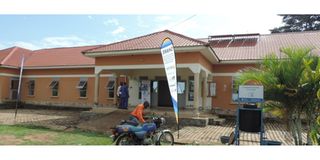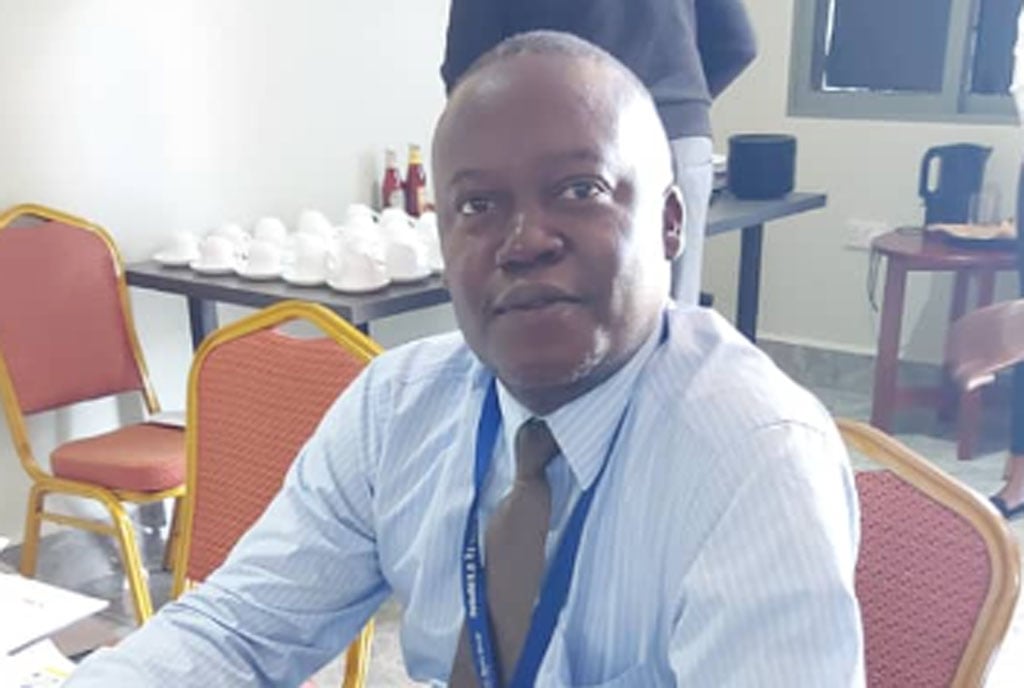How new districts in Busoga are performing

The Buyende District headquarters. Leaders say the new districts have brought services closer to the people. PHOTO | SAM CALEB OPIO
What you need to know:
- Mr Paul Muwereza, the district inspector of schools, said because of the breakaway, the education sector has recorded big improvement in terms of monitoring, supervision, retention and academic performance.
The new districts in Busoga Sub-region are making improvements in terms of service delivery, this publication understands.
The new districts are Buyende and Kaliro districts, carved out of Kamuli in 2009 and 2015 respectively, and Bugweri carved out of Iganga in 2018.
Mr Michael Kanaku and Mr Elijah Kagoda, who are founder chairpersons of Buyende and Kaliro districts respectively, were vice chairpersons in Kamuli District council where they effectively pushed for the breakaway.
The creation of the new districts has since taken services closer.
For instance, on the academic front, Buyende’s Primary Leaving Examinations (PLE) performance has improved from 10 first grades to the current 207.
Its creation has also seen an increase in revenue collection from Shs8b to Shs28b and construction of more roads from 121km to the current 480km. Buyende also currently employs 11,000 teachers compared to 400 when it was still under Kamuli.
“We set out to create a prosperous population with quality social services and infrastructure, promote social-economic development of the district through delivery of comprehensive social services to the community and with self-evaluation, we are proud to say we have moved a big step forward,” Mr Kanaku said on Monday.
The biggest achievement for Badiope, however, was getting electricity, and the residents can’t wait for the ferry at Bukungu and the tarmacking from Kamuli to Bukungu, and Kamuli to Kaliro via Irundu.
Mr Kagoda said carving them out of Kaliro “liberated them” and gave them “autonomy to grow up”.
“Bugabula chiefdom, as owners of mother Kamuli, had most of the developments, projects and district cake allocation at the expense of Budiope and Bulamogi counties then,” he said.
“When we gained autonomy, we played catch-up, worked on construction of our own home district headquarters, took on road network to open access and communication with impassable swamps to Ivukula and Kibale, and now we are getting opened to Pallisa via Saaka bridge, among others,” Mr Kagoda explained.
Mr Paul Muwereza, the district inspector of schools, said because of the breakaway, the education sector has recorded big improvement in terms of monitoring, supervision, retention and academic performance.
"The mother district was too big for school inspections and effective monitoring given that we were categorised as hard-to-reach. But when we got a district, the PLE performance shot up from 49 to now 252 first grades, and the completion rate rose from 973 to last year’s 5,035 PLE candidates,” Mr Muwereza explained.
However, the new districts are also facing several challenges.
Mr Nelson Kirenda, the Bugweri District chief administrative officer, said since the district was carved from Iganga in 2018, they haven’t filled up all the vacancies.
“We have been seeking clearance [from Public Service], so what happens is that people are hired in acting capacity; but usually an acting appointment means taking full responsibility, in my professional view,” Mr Kirenda says.
Additional reporting by Sam Caleb Opio





